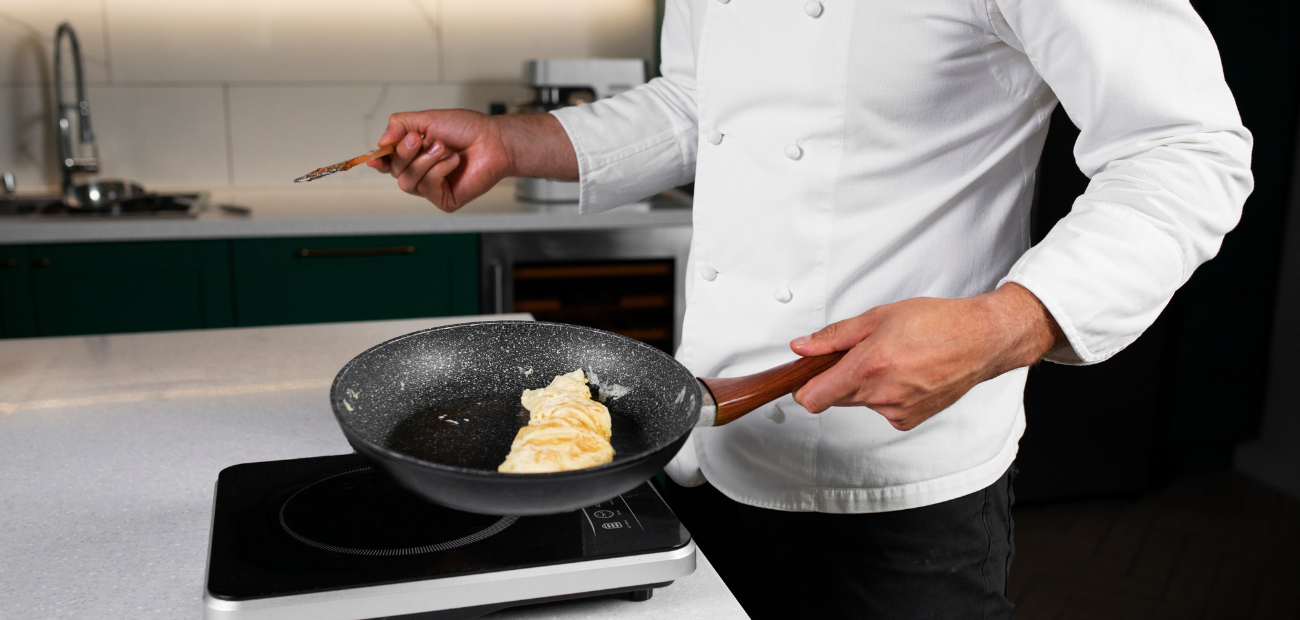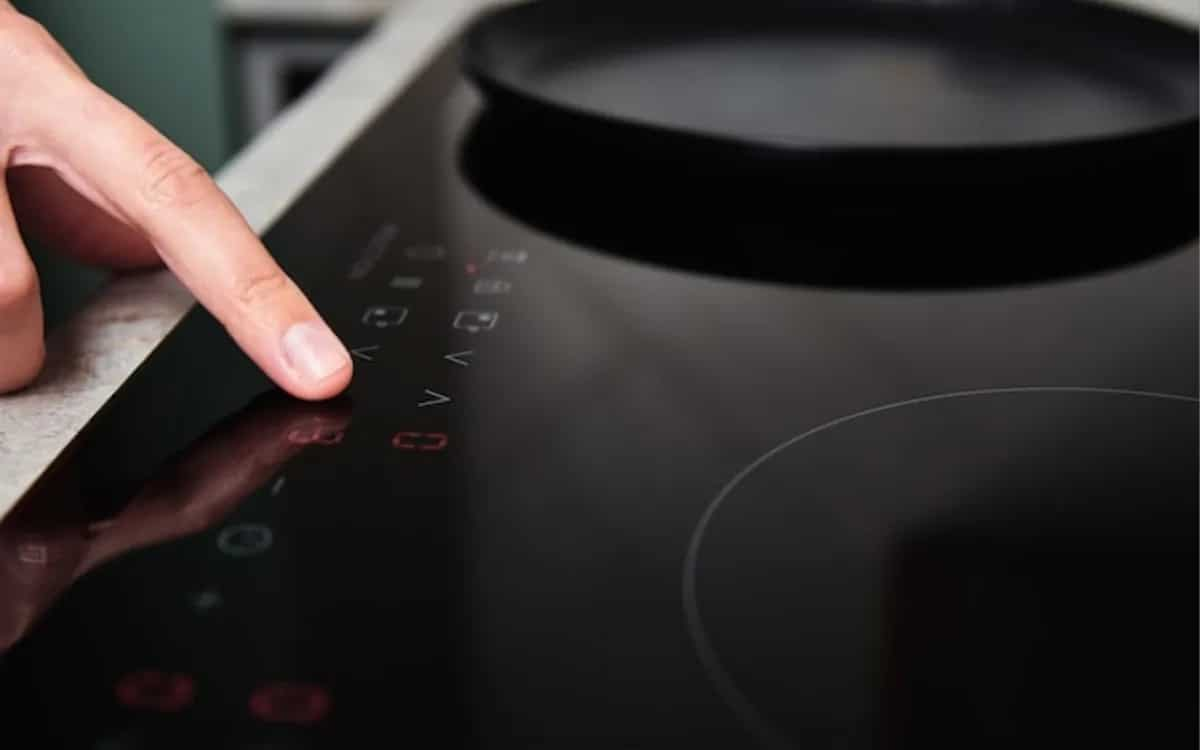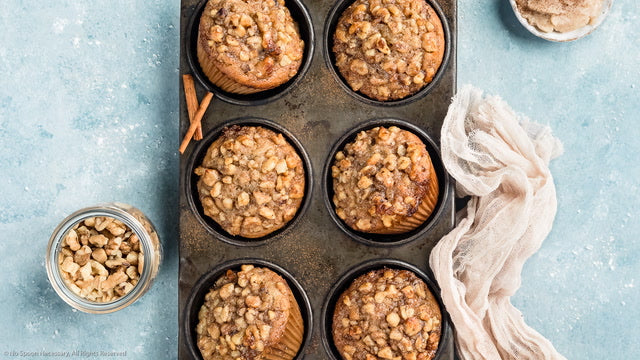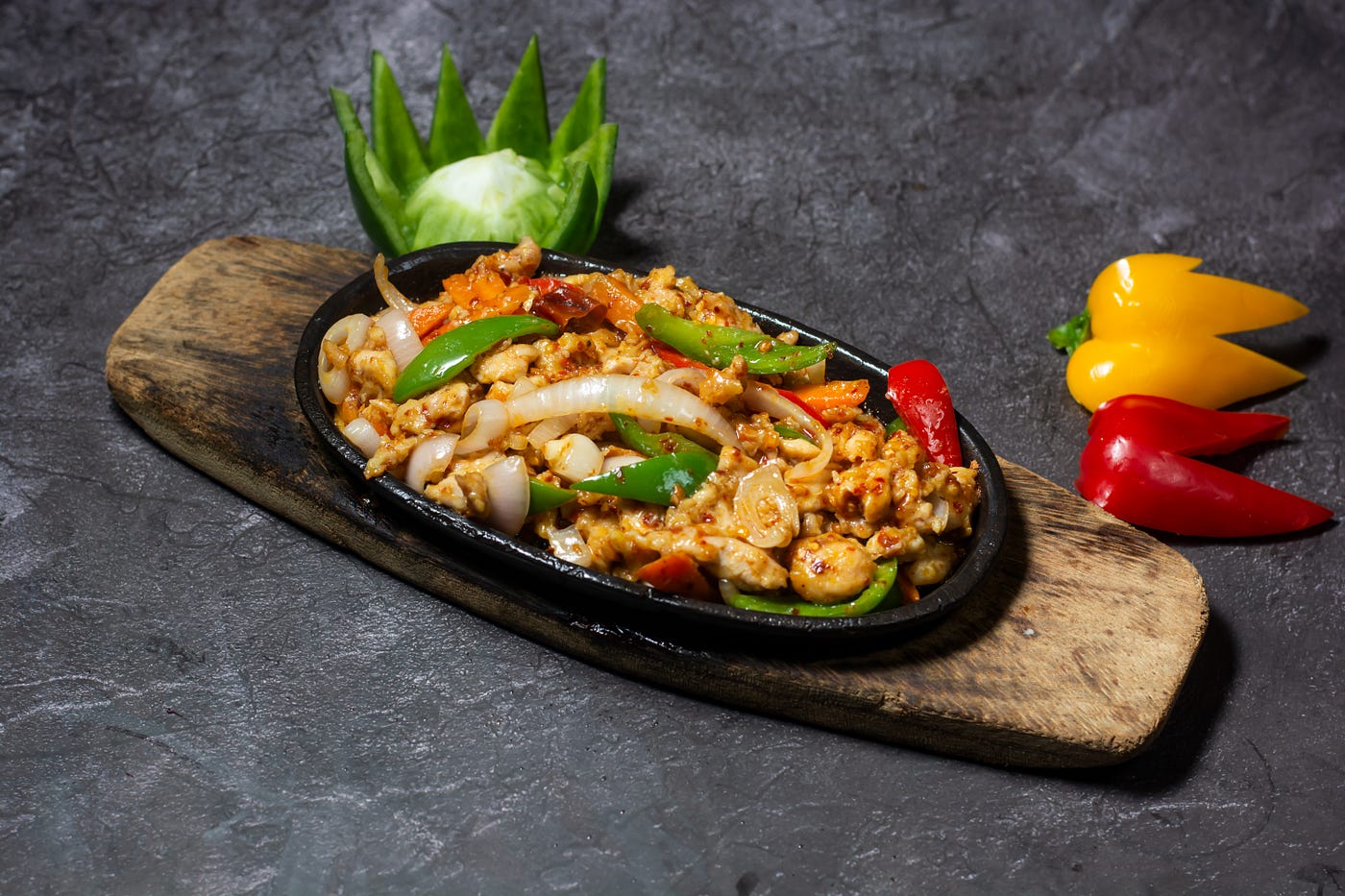The phenomenon of cast iron rattling on induction burners can perplex even the most seasoned kitchen professionals. This unexpected noise disrupts the otherwise seamless cooking experience that induction technology promises. If you've encountered this issue, you're not alone. As more chefs and home cooks transition to induction cooktops for their efficiency and precision, the interaction between cast iron cookware and these modern appliances becomes increasingly crucial to understand.
In this article, we'll delve into the reasons why your cast iron might rattle on an induction burner and explore practical solutions to minimize or eliminate this problem. It's essential to recognize that while the rattling might be annoying, it doesn't necessarily indicate a defect in your cookware or cooktop. Instead, it can be a result of several factors that we'll explore below.

The Science Behind Induction Cooking
Before addressing the rattling issue, it's important to grasp how induction cooking works. Unlike traditional gas or electric cooktops, induction burners use electromagnetic fields to directly heat cookware. This method is highly efficient as it reduces heat loss and ensures even cooking. However, the induction process requires cookware that is magnetic, which is why cast iron is often recommended for induction cooktops.
For a deeper dive into the science of induction cooking, you can explore this Wikipedia article.
Why Does Cast Iron Rattle on Induction Burners?
The rattling of cast iron on an induction burner can be attributed to several factors:
1. Uneven Cookware Surface
One of the most common causes of rattling is an uneven surface on the cast iron cookware. Over time, regular use can cause the bottom to warp slightly, leading to an imperfect fit on the flat surface of the induction cooktop. This misalignment can cause vibrations, especially at higher power settings.
2. Electromagnetic Vibrations
Induction burners work by generating an electromagnetic field that induces eddy currents in the cookware, producing heat. These currents can cause vibrations in the cookware, particularly if the pan is not perfectly flat. The vibration can manifest as a rattling sound, especially in heavier pans like those made of cast iron.
3. High Power Settings
Using high power settings can exacerbate the rattling noise. The intense magnetic field at higher settings can increase the vibrations, making the rattling more pronounced. If your recipe allows, reducing the power setting might help alleviate the noise.
4. Cookware Size and Thickness
The size and thickness of your cookware can also play a role. Thicker pans may vibrate differently compared to thinner ones, and larger pans may not distribute the electromagnetic forces evenly across their surface.
Solutions to Minimize Rattling
Fortunately, there are several strategies you can employ to reduce or eliminate the rattling of your cast iron cookware on an induction burner:
1. Ensure a Flat Surface
Regularly check the bottom of your cookware for warping. If the surface is uneven, consider using a different pan or investing in new cookware. Some professionals recommend sanding down the base to restore a flat surface, though this should be done with caution.
2. Use a Lower Power Setting
As mentioned earlier, reducing the power setting can help minimize vibrations. Experiment with different settings to find the sweet spot where the rattling is less noticeable while still achieving the desired cooking results.
3. Utilize a Cookware Mat
Some chefs use silicone or felt mats designed for induction cooktops. These mats can help stabilize the cookware and reduce direct contact with the cooktop surface, which can dampen vibrations.
4. Choose Quality Cookware
Investing in high-quality cast iron cookware with a perfectly flat base can make a significant difference. Brands known for their precision and quality control tend to offer products that are less prone to these issues.
For tips on selecting the right cookware for your induction cooktop, check out this guide.
Conclusion
While the sound of cast iron rattling on an induction burner can be unsettling, understanding the causes and implementing the solutions provided can help ensure a quieter and more efficient cooking experience. As with any kitchen challenge, the key is to experiment and find what works best for your specific setup.
If you're interested in further exploring how to optimize your induction cooking experience, consider reading about using cast iron on induction.

Frequently Asked Questions
1. Is it safe to use cast iron on induction burners?
Yes, it is safe to use cast iron on induction burners. In fact, cast iron's magnetic properties make it ideal for induction cooking.
2. Can rattling damage my cookware or induction cooktop?
While rattling is generally more of an annoyance than a danger, excessive vibration over time could potentially cause wear. Ensuring a flat cookware base and using appropriate power settings can mitigate this risk.
3. What other cookware materials work well on induction cooktops?
In addition to cast iron, stainless steel and some enameled cookware are also suitable for induction cooktops. It's important to check that the cookware is magnetic.






Leave a comment
This site is protected by hCaptcha and the hCaptcha Privacy Policy and Terms of Service apply.